Bathing in a Japanese onsen (hot spring) is a unique experience, but for tourists, it can quickly turn into a nightmare if you don’t know the rules. And believe me, there are lots of things you should know before going to an onsen. Knowing the full onsen etiquette will save you lots of problems and allow you a better experience.
To use an onsen (hot spring) in Japan, tourists need to follow some common-sense rules. Keeping in mind the respect of others at all times makes the rules considerably easier to remember. Respect and common sense are important, especially when taking a bath naked in a hot spring.
Okay, so you keep in mind the respect of others and the common sense, and you’re good? And what about this naked thing? The onsen etiquette has some big no-nos you should avoid at all costs. This is why I decided to make this complete step-by-step guide to Japanese Onsen Etiquette to help you with the basics.
Let’s get started!
What is a Japanese Onsen?
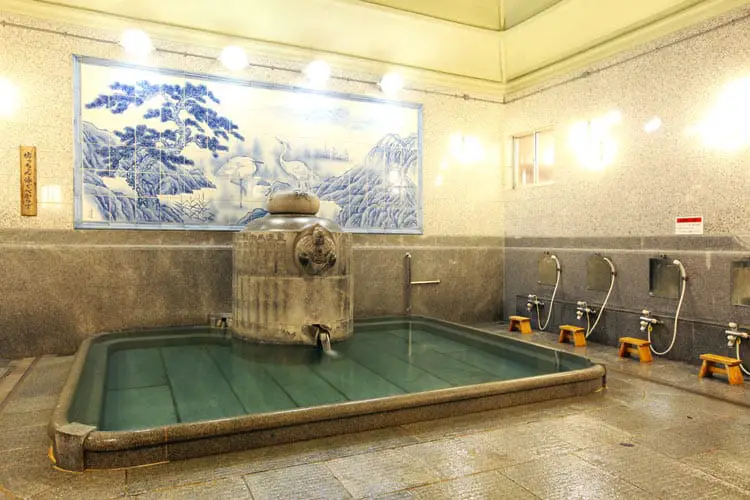
©JNTO
A Japanese onsen (温泉) is what we call a hot spring with water that is heated naturally. The water temperature in onsen is generally around 104 °F to 111 °F (40°C to 44°C), so try to prepare yourself for the heat, and must have at least one of the 19 designated chemicals or minerals like sulfur, sodium, hydrogen or iron, to name a few of them.
You can easily find them if you look for the symbol ♨ or the kanji 湯 (which means “hot water”).
Different Types of Onsen

©Matsumoto city / ©JNTO
If you’re looking for a Japanese onsen, you must know that there are different types.
Hey, check out these recommendations I have for you!
Before going any further, take a look at some of the recommendations I've handpicked for you. I think these are essential items you should have on your trip to Japan. You can check them out and buy them directly from Amazon.
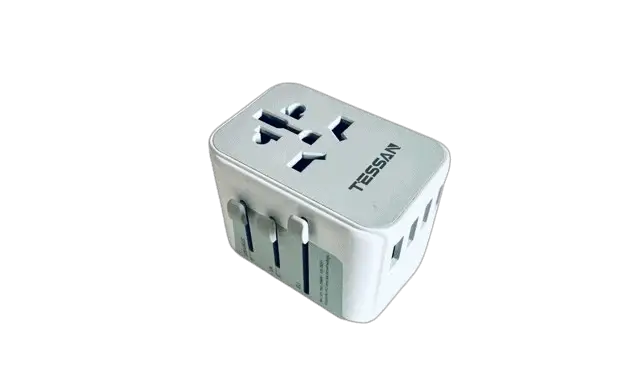
|
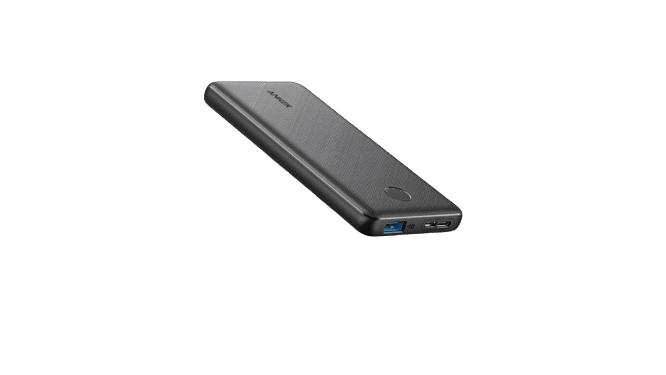
|
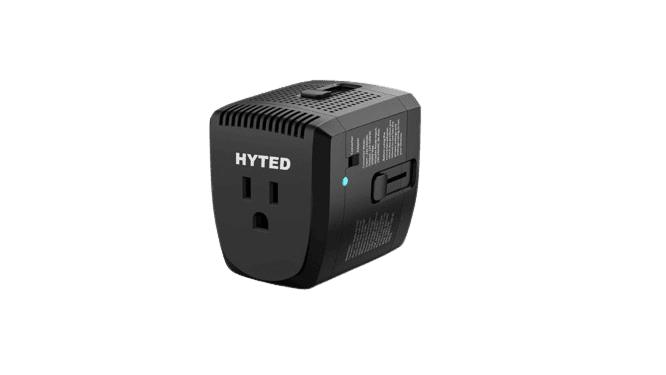
|
| A universal travel adapter | A 10,000 mAh power bank | A travel adapter and converter |
The first thing you should know is that there are outdoor onsen (露天風呂) and indoor onsen (内湯). All onsen are amazing, but outdoor onsen is the best, especially during winter. There’s nothing better than taking a hot bath outside while it’s snowing. Most of the time, the view outside will be something you’ll never forget.
Then, you’ll have different onsen according to the type of water. And know that some types have different watercolors (red, blue, white, black, yellow, …)
Personally, I saw some videos of watercolors that I want to try.
And finally, some onsen are mixed (men and women bathe together), but most of them have different areas for men and women.
How Do You Take a Bath in Japanese Onsen?
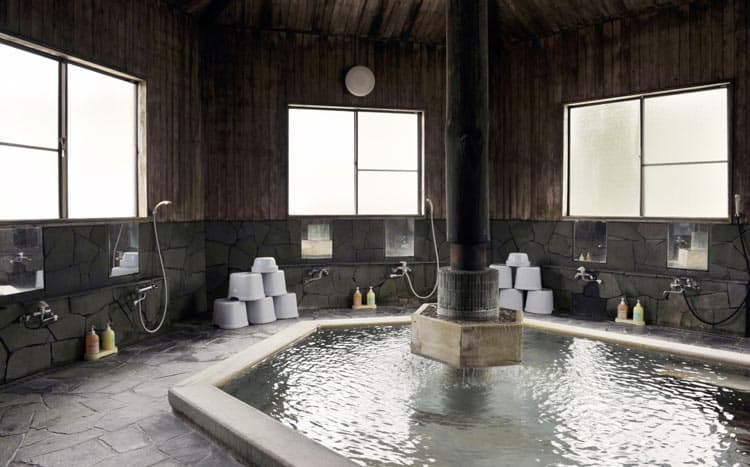
©Tourism Commission of Hakuba Village / ©JNTO
Before starting to enjoy the benefits of the different hot springs, there’s a whole preparation, and this is the most complicated part of using the onsen.
It all starts in the changing room.
So first, you need to know that most of the onsen isn’t mixed, although they were like that in the beginning. This means that there are separate baths for men and women.
So when you get to the onsen, the first thing you want to do is to find the right changing room. The easiest way is to look at the curtain in front of the entrance and see if it is blue or red (blue is for men and red is for women). There’s also the kanji for men (男) and the kanji for women (女), but if you don’t remember each kanji, just memorize the colors and you’ll be good.
Once you get to the changing room, things are going to get serious 🙂
There will be baskets or lockers (it depends on the facility) to put all of your clothes in there, and I mean ALL of your clothes. This is the part where you’ll be completely naked because onsen don’t accept bathing suits. You may feel a little uncomfortable with this (well very, very uncomfortable), but don’t worry, the Japanese won’t be staring, and you’ll be all doing the same thing. Also, you’ll have a precious object to save you: an amazing… small hand towel 😉
Yes, that’s what I said, a small hand towel will be your only friend in the bathing area.
Dreaming of Japan? Here’s your go-to guide for a great trip.
Download Free Guide
Thus, if you want to make a list of what you’ll need to enjoy an onsen experience, it will be very short:
- A long bath towel, that will be waiting for you comfortably in the changing room
- A scrub towel, to blend in and to like the Japanese (If you don’t know what it is, you can check these Japanese wash cloth on Amazon)
- A small hand towel, that will follow you everywhere inside the bathing area (It’s called Tenugui and there are many designs available at Amazon if you can wait until you get to Japan)
- A hair tie to tie your hair (if you have long hair)
- Your shower products (If you have some with cherry blossom scent, it will be perfect, otherwise there are many cherry blossom products available at Amazon)
- A lot of courage 🙂
Usually, you can rent shower products or towels in the onsen, but if you want to save some money or use your own products and towels, it’s perfectly fine.
But now let’s get back to where we were, the changing room.
When you finally dare to leave the changing room, you will be carrying with you your shower products, your hair tie (if you have long hair), and your precious hand towel.

©JNTO
Now head off to the bathing area. You’ll see that there are showers all around the hot spring, and the reason is that you need to shower before the bath. Since the hot spring is shared with lots of people, you don’t want anyone dirty getting in the same water.
These showers are made to be used while you’re sited. You’ll see a small stool and a bucket to help you with your shower. The bucket is often used to get some hot spring water to get you used to the temperature (that is pretty hot). So fill your bucket, head to a free shower, and sit on the stool.
Now you can wash yourself and I mean it (you have to be completely washed before getting into the hot spring). You can even use your hand towel to help. Then rinse yourself and your towel, but be careful not to splash the surrounding people while doing it, as there’s nothing more annoying to a Japanese.
As soon as your shower is over, rinse your shower area and put everything back in its place.

©JNTO
And now you can finally enjoy the onsen! But… (yes, there are still some more rules to follow)
Entering the onsen (or hot spring) is not something to be taken lightly. First, while walking around, people use their small towels to cover their private parts for modesty until they enter the onsen, but be careful as the towel must never touch the onsen water. The same goes for your hair. If you have long hair, you must tie it before going into the water. The reason why these rules exist is that the onsen water must be kept clean at all times, and I’m sure you wouldn’t like to bathe in a place where people do their laundry or in water with floating hair.
So how do you get into the water while covering yourself with the towel and at the same time avoiding it to touch the water?
For men, it’s pretty simple as they can easily pull it up while entering the water, but for women, it is a little more complex. You have to put it in front of you (vertical) and then start rolling it from the top at the same time you enter the water (this can be a little tricky the first time).

©Hokkaido Tourism Organization / ©JNTO
Please, make sure you always do your best to not disturb others. This means that you’ll be entering the water slowly and avoiding splashing the surrounding people. You might want to keep your voice down to avoid drawing attention to you.
So at this time you finally managed to enter the hot spring, but what should you do with your hand towel?
You have 2 options. You can fold it up and place it over your head (most Japanese will do that), or you can fold it up and put it by your side on the edge. If, for some reason, the towel falls in the water, don’t wring it in the bath (do it outside).
And you can finally appreciate the hot bath. (Yes!)
Stay in the water as long as you like, but if it is really hot, you can sit on the edge and just leave your feet and legs on the water. Or you can try different baths with different temperatures. It depends on the facilities, but most of them have more than one bath. Also, the water properties might be slightly different, so it is a good idea to try different baths.
Once you’re done with the bath, you have 2 possibilities: take a shower again or just dry yourself. The choice is up to you.
Some people say that you should not wash the onsen water to keep the benefits. Other people say that there are some onsen water that are pretty aggressive if you let them in the skin, so you better take a shower after soaking in the onsen. Either way, you have to dry yourself the best you can with your small hand towel before leaving the bathing area.
Be careful while walking around, because the floor might be wet and you can slip.
Head to the changing room and completely dry yourself with a real towel, this time. 🙂 Put up some clothes, and you can go to the area with hair dryers to prepare yourself.

©Okayama-ken Kanko Renmei / ©JNTO
After that, you can visit other parts of the onsen. Again, it depends on the facility you’re visiting, but you usually have a common place where everyone gathers after the bath to drink, relax, etc.
As I know that reading long instructions can be boring, I found a small, cool video on YouTube that explains what I just told you. Feel free to watch it to have a visual idea of what you just read. I think it can help you better understand what you need to do.
Japan’s waiting for you! Get your quick guide for the best trip.
Grab It Now
And if you want a really short version, try this one from NHK.
Are Tattoos Allowed in Onsen?

Well, this question is not the easiest to answer, but a lot of people need help with it. The truth is that it depends on the onsen.
Most of the onsen don’t accept tattoos. Even if things are slowly changing, it’s easier for you if you go with the idea that tattoos are not allowed. This is mainly because tattoos are still associated with crime and the Yakuza (crime organization).
Some onsen might allow small tattoos, but not an entire arm, leg, or back, for instance. If you don’t have a huge tattoo, you might want to try to hide it with a bandage.
Either way, the best thing you can do is to ask the onsen you’re planning to visit. You can use this useful Japanese sentence to help you:
Tatuu wa daijobu desu ka?
Which means: Are tattoos OK?
But if you’re traveling to Japan, you have a tattoo (or many), and still want to try an onsen, I would recommend searching for a tattoo-friendly onsen and avoiding all the trouble.
When Not to Use Japanese Onsen?
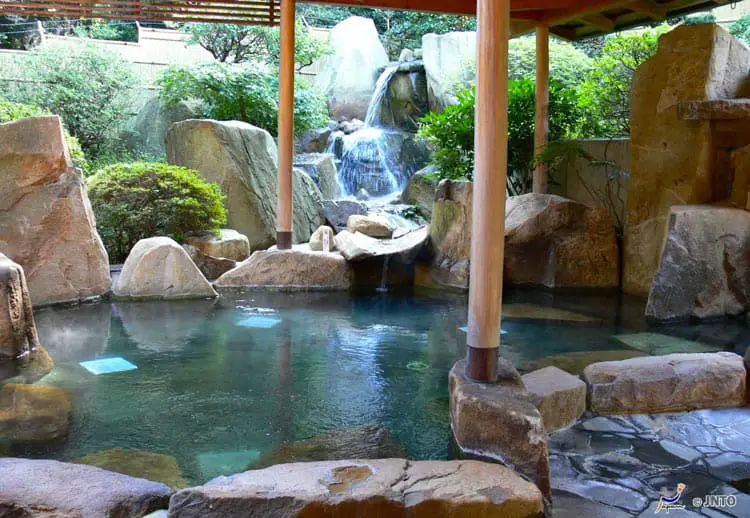
©JNTO
There are some cases when you should not use the Japanese onsen. The first case concerns medical recommendations.
As the water must be kept clean at all times, you should not go to the onsen if you have a virus or infectious disease, blood (even a small wound or women’s menstruation), soreness, pus, or any other type of uncontrollable body fluids. No one wants to see weird things floating in the water, so don’t go ruin everyone’s bath if you’re in one of these cases.
The onsen is not recommended if you have a heart disease or a cancer treatment.
Also, it is not recommended if you gave birth recently, as the risk of developing an infection is much higher.
People say that there’s no risk for pregnant women, other than the slippery floor, but I would recommend caution with hot water. Anyway, you should seek your doctor for advice before trying different experiences like onsen.
That’s it for this onsen guide, but if you want to read more about onsen, you can start with a book like The Japanese Bath, available on Amazon.
I truly hope it will help you feel less nervous on your first onsen experience, so you can have one of the best times of your life.
In the meantime, I found that Amazon sells these cool stools and buckets, just like the ones you see in onsen. I’ll probably get one to decorate my Japanese-style bathroom 🙂
And if you already had this amazing experience, please let me know how it went in the comments below.



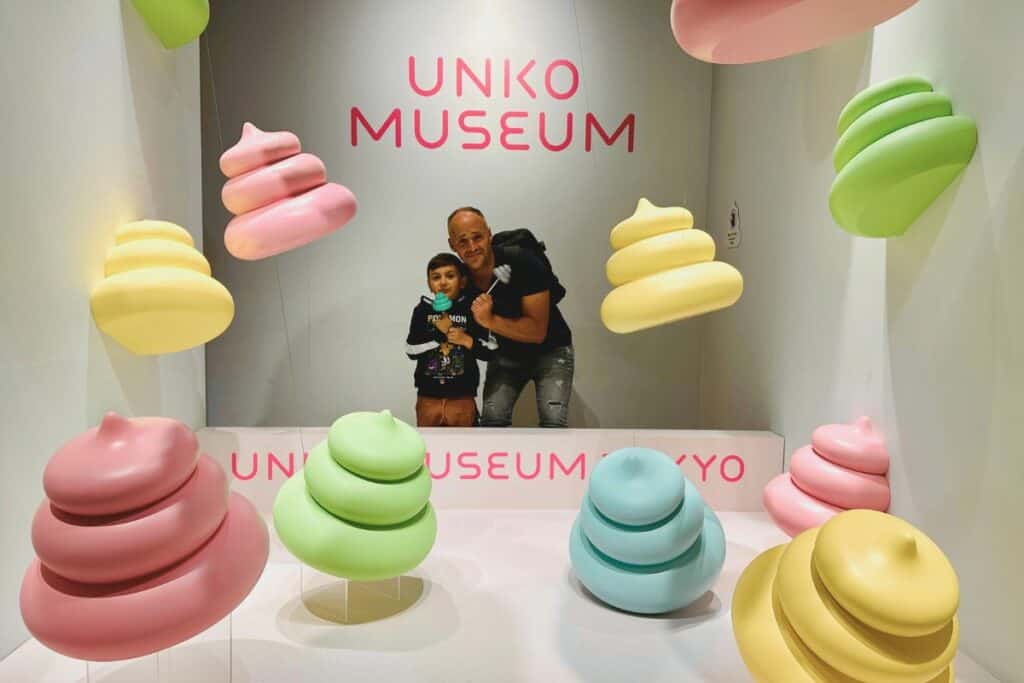
Nice breakdown Ana. I have a friend who runs a Japan blog who also did a sweet breakdown on onsens. Seems like quite a fascinating experience if you follow the rules. Japan is big on rules, structure and mindfulness for others. I dig it. This cultivates a sense of compassion.
Hi Brian,
Thanks for your feedback. 🙂